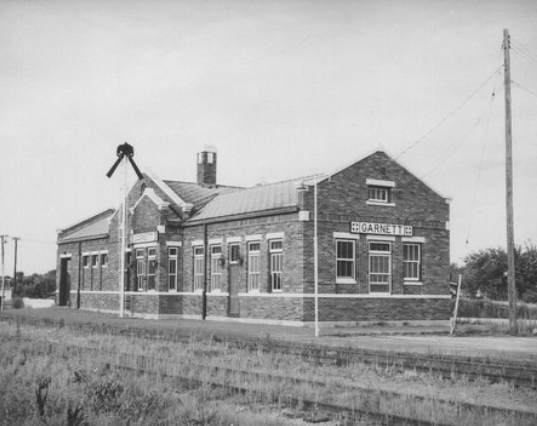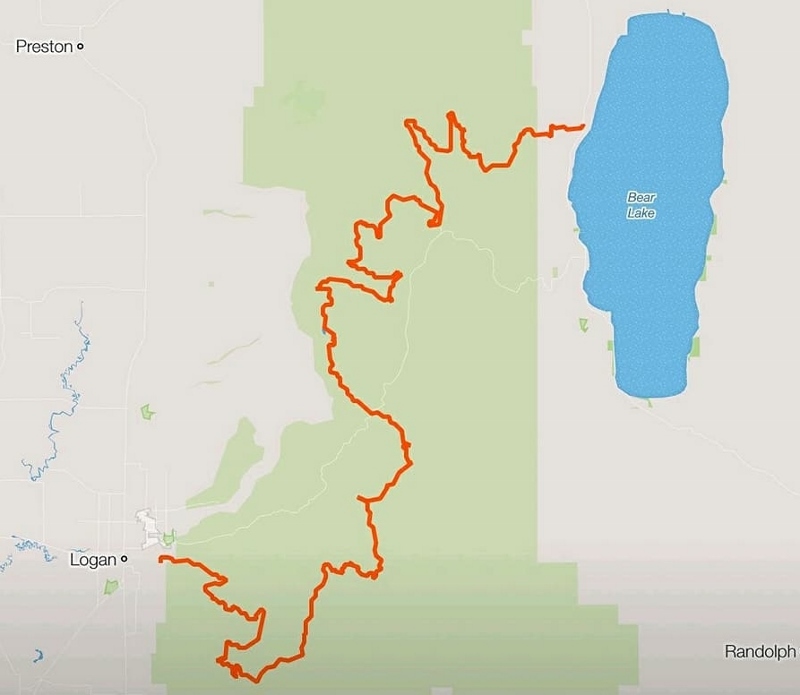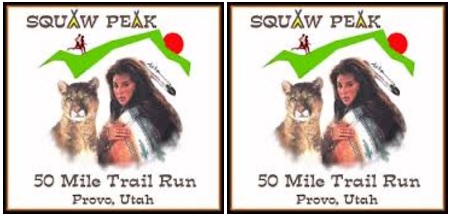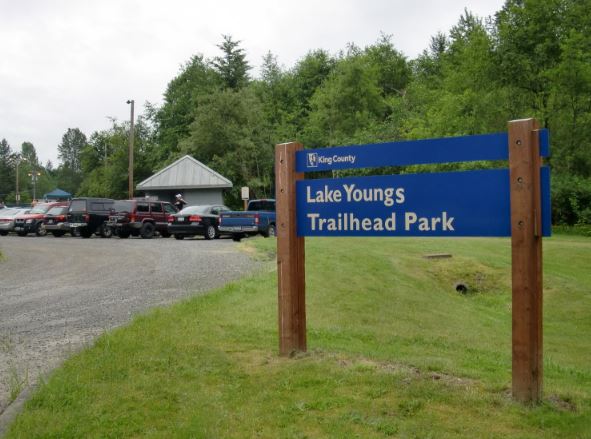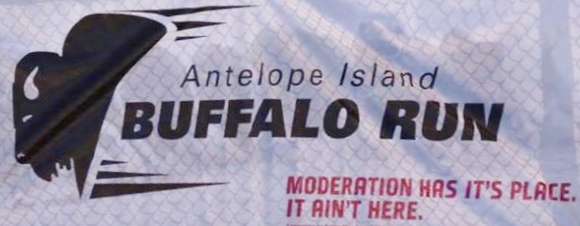 It has been a long time since I posted a race report on my blog. It’s about time! I recently finished Zion 100 held near Zion National Park. I had finished nine different 100-mile races in Utah but had never run Zion because of conflicts each year. This year I could finally make it and signed up with a few days to spare.
It has been a long time since I posted a race report on my blog. It’s about time! I recently finished Zion 100 held near Zion National Park. I had finished nine different 100-mile races in Utah but had never run Zion because of conflicts each year. This year I could finally make it and signed up with a few days to spare.
At the end of 2018, I managed to finish my 100th 100-miler at Across the Years on their flat course in Arizona. But I still was battling a bone injury in my left knee that wouldn’t let me run very long on trails. I could run on the treadmill or on the flats. In February, I attempted running 100 miles at the Grand Master Ultra in Arizona on flat sandy trails but stopped at 75 miles because of crippling knee pain.
I went back to the doctor and had another MRI. He told me he could do another procedure with long healing but either way he said, “you have run your last 100-miler.” I chose to be patient and hope for further healing. This was the same doctor who in 2003 told me to stop running because of my other knee. That was before I had attempted my first 100-miler, so it has been tough to take his advice.




